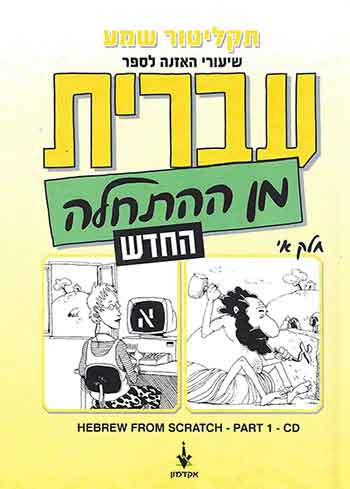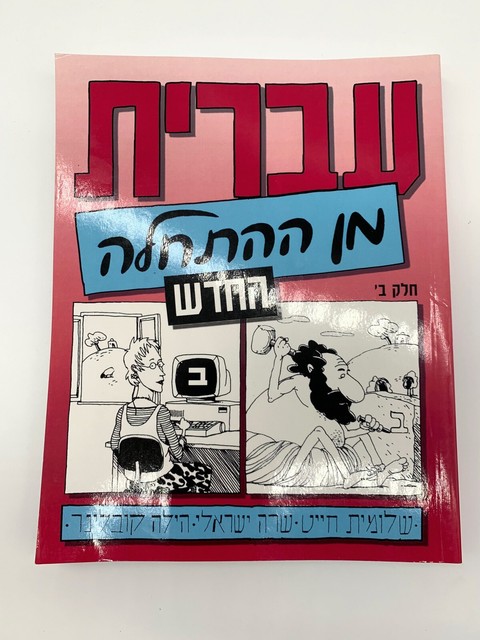
In the Fall and Spring semesters you have one week to catch up after every two lessons, i.e.

The text is 190 pages, and we covered 9 lesson in the semester. I really wish the online session was more like 45 minutes.

This forces you to actually communicate in Hebrew (and let’s you hear how good or bad the other students in your class are doing). Usually there is a day session and a night session, so often there are only 2 or 3 students together with the teacher. You wear a headset and talk to the teacher and the other students in real-time. Once per week, there is a 20 minute online discussion. The instructor usually grades them within 3 days, and emails them back to you (with lots of red marks). For written homework, we had three choices:ġ) write by hand and submit via fax, 2) use handwriting on a graphic tablet, or 3) I broke new ground and created a third option, use a Hebrew word processor (but had to take screen shots and send in only. Online homework consists of three parts: 1) multiple choice quizzes (check your work), 2) Audio answers, and 3) non-real-time Audio Discussions. A student can logon to the system, view the lessons, and find the online and written homework. Hebrew IV turned out to be just right for me.īack when I took the class, Hebrew College used an online system “Blackboard”, but they have since convert to Schoology. It was a tough decision to start at Hebrew III or IV, but I think I would have been a little bored in Hebrew III. I opted to start at Hebrew IV because of my past Hebrew studies. The book is about 95% Hebrew, with only a “scratch” of English instructions.


Here is the Amazon link to the books: Hebrew from Scratch (on ) The book is the second book in the two-book series called “Ivrit Min Ha-Chatilah” (usually translated as “Hebrew From Scratch”, but could also mean “Hebrew From The Beginning”). I’d like to give you a quick review of the course. I just took my semester final exam for the Hebrew IV class I’ve been taking remotely via Hebrew College in Boston.


 0 kommentar(er)
0 kommentar(er)
